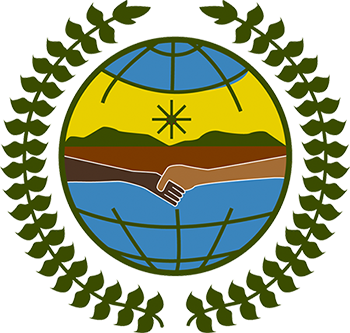Responses
• The global indicator list (adopted by the Statistical Commission on 11 March) includes at least 4 indicators that PFII and other indigenous peoples have been lobbying for: 1.4.2 on land rights (including type of tenure capturing collective land rights); 2.3.2 on income of small-scale food producers, also by indigenous status, 4.5.1 on closing disparities in education, also for indigenous peoples and 5.a.1 on women’s land rights (including type of tenure). Indicator 10.3.1 and 16.b.1 includes peoples’ perception of discrimination based on prohibited grounds of discrimination in international human rights law. Primarily the indicators related to collective land rights/type of tenure can be seen as an outcome of indigenous peoples’, including PFII members’, negotiation. • PFII members engaged in this process - and provided concrete inputs in terms of draft indicators to the work of the Inter-Agency Expert Group Meeting on Sustainable Development Goals, including attending its meeting and negotiations in Bangkok (October 2015) and sending formal letters to 6 Member States to request support for specific proposals for indicators on secure land rights, reflecting collective ownership. • In October 2015, the Secretariat of PFII hosted an expert group meeting on "Ways Forward: Indigenous Peoples and the 2030 Agenda". Here, concrete indicators on secure land rights were discussed and aligned – between PFII member, Major Group on Indigenous Issues, UN agencies and others - to be a point of departure for negotiating in the Inter-Agency and Expert Group on SDGs. The land rights indicator met some resistance in the negotiations but following advocacy from a coalition of organisations, it did get included in the last draft submitted to the Statistical Commission for adoption on 8-11 March. The fact that the final land rights indicator makes reference to “type of tenure” can be seen as a direct outcome of indigenous peoples’, including PFII members’, advocacy. • Other indicators on free, prior and informed consent, traditional knowledge and more as mentioned in the recommendation did not get well reflected.
 Welcome to the United Nations
Welcome to the United Nations
